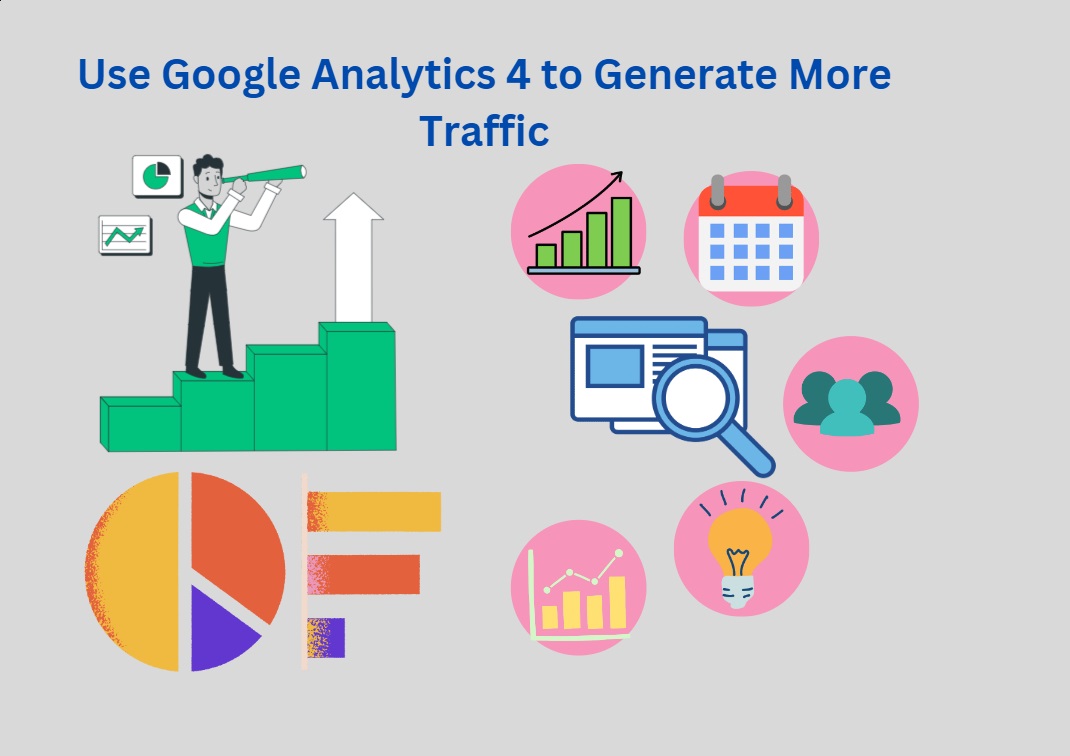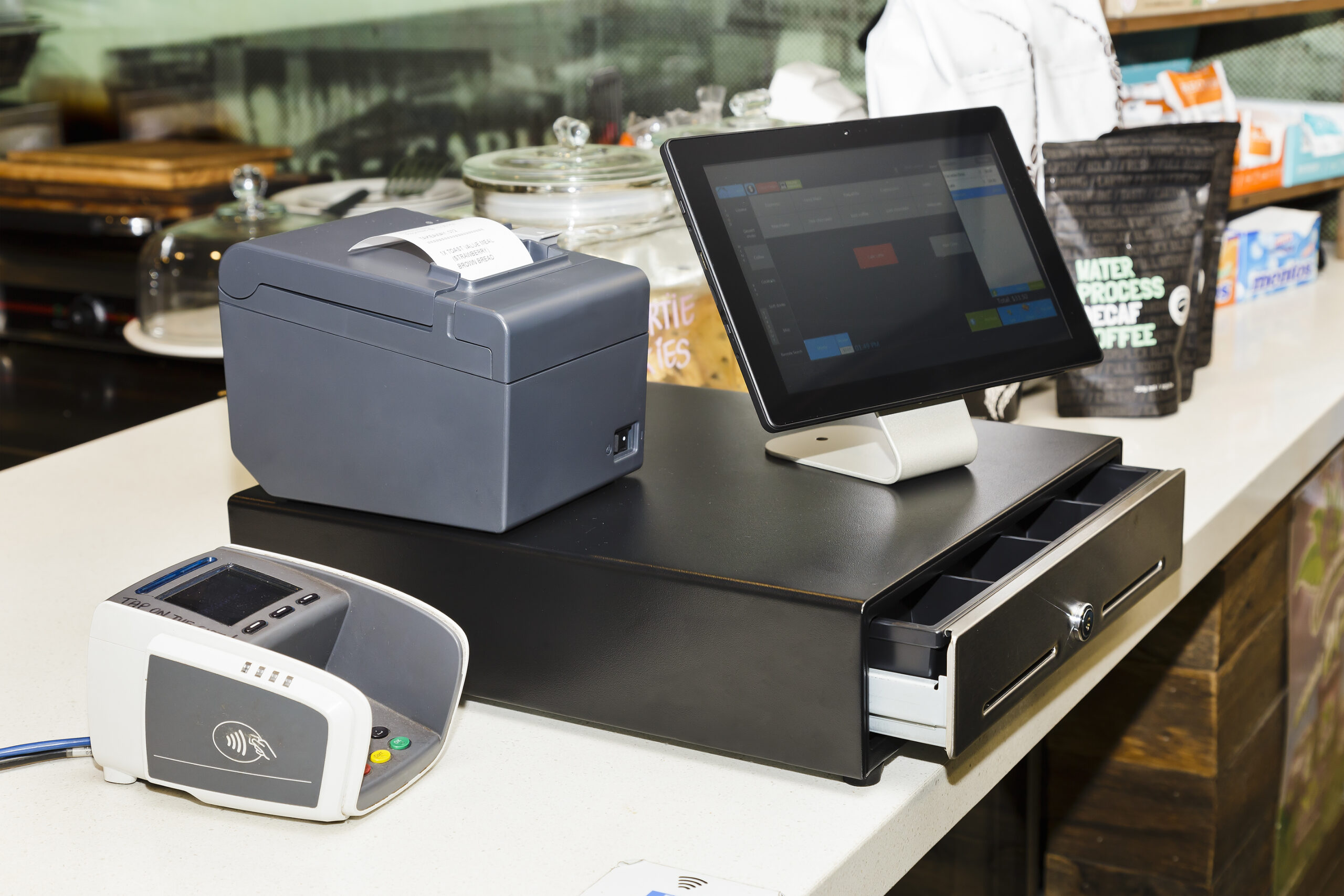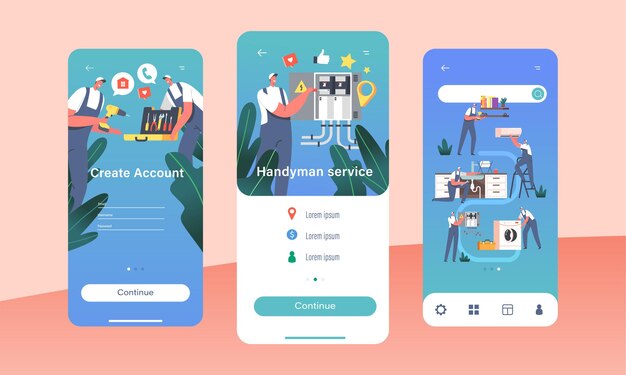Working From Home Is Now More Important Than Ever
COVID-19 is causing unprecedented disruption to the way that organizations work. Most businesses are (or, at least, were) structured around the idea of collecting the workforce together in an office to then collaborate with one another and develop products, services, and solutions for the business to take to market. The biggest impact of COVID-19 is that close interaction with other people is no longer possible. We need to isolate. And therefore how businesses operate has been completely upended.
Businesses have needed to find a solution that will allow them to continue operating even as their office environments are a ghost town. For that, organizations have been scrambling to allow people to work from home. The challenge is that in many cases working from home requires a lot more than having access to a laptop and email. Organizations need to enable people to continue to work as though they are in the office, and for that, organizations need to look at the cloud.
For one example of just how complex this can be, many organizations maintain internal networks that are accessed via VPNs and are therefore separate from the Internet. The problem is that these aren’t necessarily accessible remotely, and, when they can be, authentication might not function as intended, compromising security. There’s also the concern that when connected to a work environment via a VPN, an employee that is working from home is vulnerable to sending malware into the office location via that home connection.
The cloud is a solution to this challenge. A company can build a cloud “front end”, which has a public URL and can be accessed over standard Internet connections, but the apps are then secured by strict authentication and user identification policy. Placing the applications so that they can be accessed through this front end does involve some work, but the result is a way to access company resources in a secure and compliant way online.
Using The Cloud To Collaborate
Giving staff access to their work applications is a major step in enabling work from home access, but it’s not the only area that organizations will need to leverage the cloud. It’s just as important to preserve the way in which people work as much as possible, and in the year 2020, that means giving them access to collaboration tools.
How many people in an office environment collaborate using email? None. An email is a useful tool, but not for communication within an organization. Instead, people hold meetings or use their phones to talk to co-workers. And, importantly, people know whether their co-workers are available at that moment in time, and can crowd around a computer to collaborate on something.
What this means for remote working is that organizations need to invest in a cloud-based communications tool, or series of tools, to continue to work as they had before. These tools should include:
1) Video conferencing: While phone calls are useful, video conferencing allows people to interact in a much more natural manner with one another – they can observe one another’s responses, expressions, and the million other small ways that we communicate visually. Video conferencing also works better for large groups of people, so you can create a virtual meeting room experience.
2) Presence: Presence solutions let you know when your co-worker is available, when they’re busy, on another call, or has logged off for the day. This simple tool is important for knowing when you can best communicate with a co-worker.
3) Document sharing: One of the most useful applications of the cloud is allowing people to work collaboratively on a document together, hosted in the cloud, in real-time. When you email documents around, version control can become an issue (it only takes one person to accidentally modify an earlier version of the document and circulate it for confusion to set it). Document sharing can even be combined with video conferencing to allow for a “virtual whiteboard” session for the purposes of brainstorming.
There are many tools available to enhance communication through the cloud, and some try to be comprehensive and offer all features. As useful as these tools are, it is important that organizations keep compliance top-of-mind, particularly when collaborating around sensitive documents – video conferencing and shared documents can be a security risk if the staff is using consumer solutions.
While there are risks and an organization needs to take rapid steps to remain compliant, leveraging the cloud is the only way to enable employees to work from home through COVID-19 (and potentially beyond, because there are productivity and HR benefits to establishing a work from home practice). Managed correctly it is possible to maintain a robust security and compliance profile while allowing for remote access to the network, and enabling staff to continue to work together as though they’re in an office environment.
Image Credit: Unsplash











